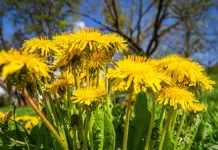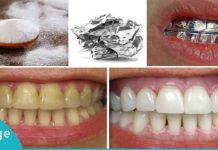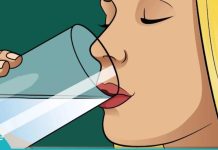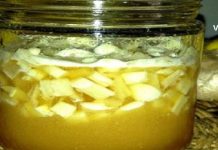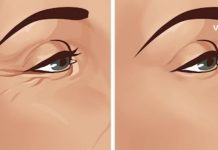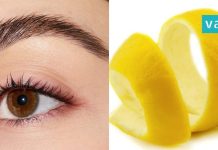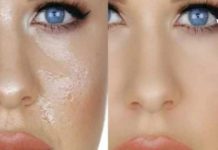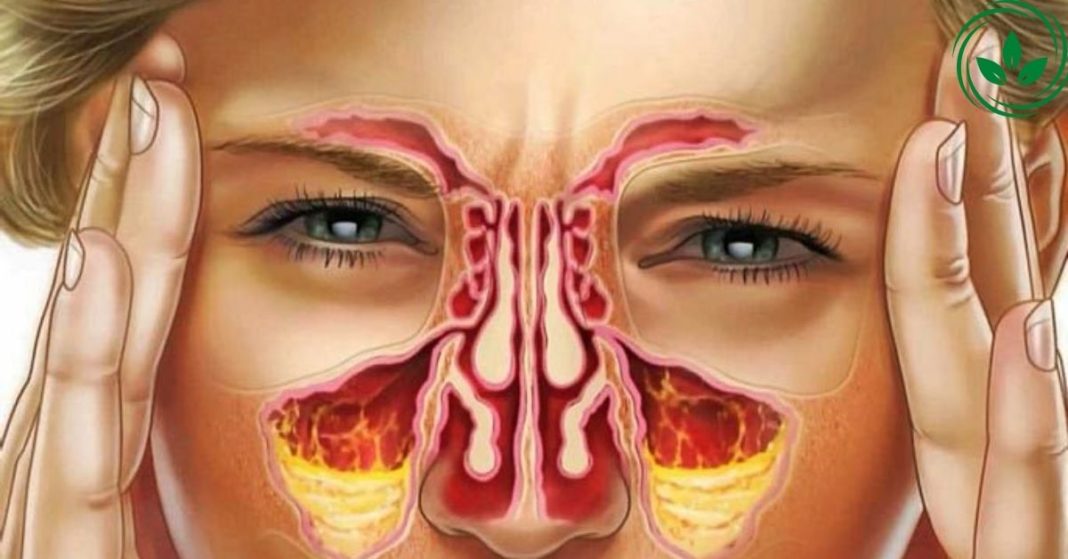Nasal congestion can be incredibly uncomfortable, especially when it interferes with your breathing, sleep, or daily activities. While medications like decongestants or nasal sprays can offer relief, they aren’t always ideal—especially if you prefer natural approaches or have sensitivities to certain drugs.
Fortunately, there are simple, effective massage techniques that can help you reduce sinus pressure, promote drainage, and breathe more easily—naturally and quickly. Below, we’ll walk you through several sinus massage methods and tricks that can be practiced at home with just your hands and a bit of massage oil or lotion.
Why Massage Works for Nasal Congestion
When you’re congested, it’s usually because your sinus passages are inflamed or blocked due to a cold, allergies, or sinus infection. Massaging the sinus areas can:
- Stimulate blood circulation
- Promote lymphatic drainage
- Loosen mucus buildup
- Relieve sinus pressure
- Relax facial muscles
These techniques target the major sinus cavities: frontal, ethmoid, maxillary, and sphenoid.
Before You Begin: What You’ll Need
- A quiet, comfortable place to sit or lie down
- Clean hands
- A natural massage oil, face moisturizer, or lotion (to reduce friction and enhance comfort)
- A few minutes of uninterrupted time
1. Frontal Sinus Massage (Forehead Area)
The frontal sinuses are located just above your eyes, in the center of your forehead. When they’re congested, you may feel pressure behind the eyes or in your forehead.
- How to do it:
Rub a small amount of lotion or oil onto your hands and warm them by rubbing your palms together. - Place your index fingers at the point between your eyebrows, right above your nose.
- Gently press and move your fingers in circular motions outward along the eyebrows toward your temples.
- Continue this motion slowly and gently for 10 full repetitions.
This technique helps open the frontal sinuses and ease pressure in the forehead.
2. Ethmoid Sinus Massage (Between the Eyes and Nose Bridge)
The ethmoid sinuses sit between your eyes, near the top of your nose. Congestion here often causes pain around the inner eye corners and upper nose.
Instructions:
- Warm your hands with a little oil or lotion.
- Place your index fingers on either side of the bridge of your nose, just beneath the inner corners of your eyebrows.
- Using small, gentle circular motions, massage upward and outward toward the upper part of the nose and near the eyes.
- Avoid direct contact with your eyes to prevent irritation.
- Repeat the motion for 10 times.
This massage can help drain fluid trapped in the narrow ethmoid passages.
3. Maxillary Sinus Massage (Cheek Area)
The maxillary sinuses, the largest ones, are located in your cheeks—just to the sides of your nose. Pain or pressure here often feels like facial heaviness or even a toothache.
Steps:
- Apply oil or lotion to your hands and rub them together to warm up.
- Place your index fingers on each side of your nose, near the outer corners.
- Apply gentle downward pressure and then move in circular motions outward along your cheeks toward your ears.
- This motion should be soothing and rhythmical.
- Repeat for 10 complete cycles.
This technique promotes drainage from the cheeks and improves facial circulation.
4. Sphenoid Sinus Massage (Behind and Around the Ears)
The sphenoid sinuses are located deeper in the skull, behind the eyes and nasal cavity. Although harder to access directly, massaging around the ears can indirectly stimulate drainage.
How to do it:
- Warm your hands with oil or lotion.
- Place your index fingers just behind your earlobes and massage the area using small circular motions.
- Then move to the front of the ears, applying gentle pressure in a downward motion, covering the entire area in front of the ear canal.
- Repeat this process 10 times.
This massage helps relieve deeper sinus pressure and can also reduce ear-related congestion.
5. Nasal Scrubbing Technique for Instant Relief
This technique mimics a light exfoliating movement, helping stimulate nerve endings and encourage sinus fluid movement.
Here’s how:
- Apply a small amount of oil to your palms.
- Using your palms or fingertips, rub the tip of your nose in circular motions.
- Perform this motion for 15 to 20 repetitions.
- Then, change the direction of the circular motion. For example, if you first rubbed clockwise, now go counter-clockwise.
- Repeat another 15 to 20 times.
This trick is especially helpful for people who suffer from frequent congestion or seasonal allergies.
6. Full Facial Drainage Massage
This method supports the overall drainage of sinus fluid by gently guiding it through natural lymphatic pathways in the face and neck.
Steps:
- Warm some lotion or oil in your hands.
- Begin by gently massaging your face, starting from the center of the nose and sweeping outwards toward the ears. Repeat 2–3 times.
- Next, place your fingers again at the nose’s center and repeat the outward sweep, focusing more firmly on the cheekbone area.
- Now, place your hands under your jaw, and use gentle, downward strokes to move along the sides of the neck, ending near the collarbone.
- Repeat this full sequence a few times to enhance circulation and drainage.
Bonus Natural Remedy: Oregano (Wild Marjoram)
In addition to massage, certain herbs have been praised for their therapeutic benefits. One such herb is oregano, also known as wild marjoram. Oregano is known for its anti-inflammatory, antibacterial, and antiviral properties, and can be taken as a tea, essential oil (diffused, not ingested without proper guidance), or supplement. It may support your immune system and aid in fighting respiratory infections.
Always consult a healthcare professional before using herbal supplements—especially if you are pregnant, breastfeeding, or on medication.
Final Thoughts
Using facial massage to relieve nasal congestion is a safe, gentle, and natural alternative to over-the-counter remedies. Whether you’re dealing with a cold, allergies, or seasonal sinus issues, these techniques can offer immediate relief with consistent use. Incorporate them into your daily routine or use them as needed to breathe easier—naturally.
